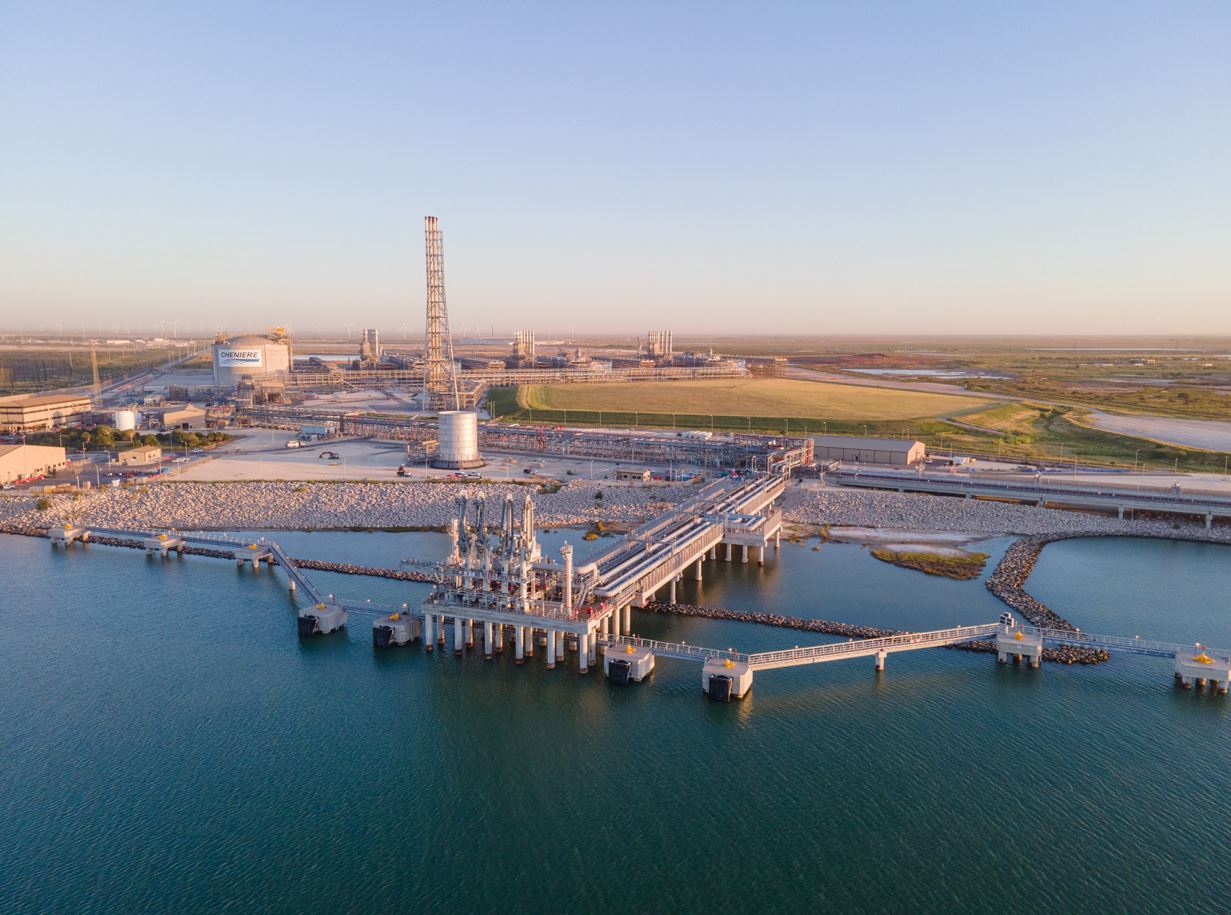The Energy Information Administration says US LNG export capacity would become the world’s largest next year after the launch of new liquefaction trains at Calcasieu Pass and Sabine Pass.
Since exports of LNG began from the Lower 48 states in February 2016, US LNG export capacity has grown rapidly.
Within four years, the US became the world’s third-largest LNG exporter behind only Australia and Qatar, EIA said in a report.
“Once the new LNG liquefaction units at Sabine Pass LNG and Calcasieu Pass LNG are placed in service in 2022, US LNG export capacity will become the world’s largest,” the agency said.
Cheniere recently started producing LNG from the sixth production train at its Sabine Pass liquefaction plant in Louisiana. The 5 mtpa train will boost the plant’s capacity to a total of 30 mtpa.
In addition, Venture Global LNG has received approval from federal regulators to start commissioning a part of its Calcasieu Pass liquefaction plant in Louisiana. Once completed, Calcasieu Pass will produce about 10 mtpa of LNG from 18 modular units configured in 9 blocks.
Seven LNG export terminals and 44 liquefaction trains
The agency estimates that as of November 2021, existing US LNG nominal baseload liquefaction capacity was 9.5 Bcf/d and peak capacity was 11.6 Bcf/d. This includes uprates to LNG production capacity at Sabine Pass and Corpus Christi.
By the end of 2022, US nominal capacity would increase to 11.4 Bcf/d and peak capacity to 13.9 Bcf/d across seven LNG export facilities and 44 liquefaction trains.
This includes 16 full-scale, 18 mid-scale, but also 10 small-scale trains at Sabine Pass, Cove Point, Corpus Christi, Cameron, Elba Island, Calcasieu Pass, and Freeport.
In 2022, US LNG export capacity would exceed that of the two current largest global LNG exporters, Australia (11.4 Bcf/d) and Qatar (10.3 Bcf/d), EIA said.
By 2024, when Golden Pass LNG—the eighth US LNG export facility—completes construction and begins operations, US LNG peak export capacity would further increase to an estimated 16.3 Bcf/d, it said.
In addition, FERC and the US Department of Energy have approved another ten US LNG export projects and capacity expansions at three existing LNG terminals—Cameron, Freeport, and Corpus Christi—totaling 25 Bcf/d of new capacity.
Developers of some of these projects announced plans to make a final investment decision (FID) in 2022, EIA said.

